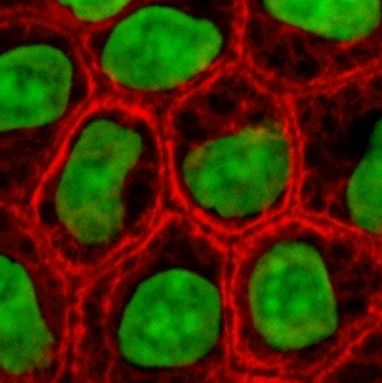Aggregated News

For a soccer-playing, holiday-loving boy on the brink of death from a rare inherited skin disease, doctors have accomplished a feat of genetic engineering, surgical stamina and raw nerve.
Infections arising from blisters and sores had destroyed 60% of his skin. Just 7 years old when he arrived at a burn unit in Bochum, Germany, the child was in excruciating pain despite round-the-clock morphine. He suffers from junctional epidermolysis bullosa, or JEB, a disorder that is generally fatal in the first few years of life. Though the boy had outlived most with the disease, he clearly appeared that he was about to die.
A team of German and Italian physicians had a bold idea to spare him that grim fate.
Over a five-month period in the fall and winter of 2015, they harvested some of the boy’s few remaining healthy skin cells.
Using a virus to invade the cells, they introduced a corrected version of the mutated gene that had caused the catastrophic failure of his epidermis, the body’s largest organ.
They cultured the corrected cells and, on sheets...



